Succession planning – EBT or EOT?
One question that comes up fairly often when speaking with clients regarding succession planning is whether an Employee Benefit Trust (EBT) or Employee Ownership Trust (EOT) is the better option if shareholders want to incorporate employee ownership in their succession planning process. The answer is, it depends!
At the beginning of the succession planning process, we encourage clients to think about their overall objective first (strategic planning) and then the means to achieve it (tactical planning). It’s generally a mistake to start with the tactics rather than the strategy. Indeed, it is often impossible to develop the most effective tactics without having a clear understanding of the strategic objective. In the context of employee ownership and succession planning, there are two primary strategies. The first is helping ensure the company performs strongly over some period as preparation for either a management buyout or third party sale. The second is taking steps to ensure the company’s independence and legacy going forward. Each objective requires a different solution to best accomplish the stated goal.
Let’s discuss the first strategy. If the shareholders aren’t committed to the company’s long-term independence or don’t believe the optimal succession plan is to sell to the employees, the focus should be on maintaining or improving performance over the period of time before the shareholders are ready sell the business. In this case, an employee share scheme such as the Enterprise Management Incentive (EMI) can be used to provide an incentive to management to focus on growing value. The EMI, for qualifying businesses that perform well, provides key employees with significant equity upside and reward upon the sale of the business. For businesses that don’t qualify for an EMI scheme, there are other options that can also be effective. These alternatives will be discussed in a future blog entry.
One of the primary options, however, for shareholders seeking to incentivise management while beginning to dispose of some of their shares is the EBT. In our context, shareholders would sell shares to an EBT for allocation to a select group of key employees. The EBT can borrow from lenders (with a company guarantee) to purchase shares and provide some liquidity to the shareholders at completion. While a shareholder can also gift shares to the EBT, this type of non-commercial transaction is relatively uncommon. When assets are gifted to the trust, however, the EBT does not pay tax on the value of the shares gifted or contributed. The EBT is a discretionary trust, meaning the beneficiaries are not formally identified upfront. This avoids creating a tax event for the beneficiaries before they have received any benefit from the trust. There are obviously discussions with the potential beneficiaries before the EBT is established as there would be no motivation for the beneficiaries if they had no idea they would benefit from increases in value.
Sales sold to an EBT are subject to capital gains taxes. Also, if the shareholders sell less than 50% of the shares to the EBT, the trust can only pay a minority value for the shares. This would be at a significant (40-60%) discount from the value when control is transferred. For these reasons and others, the EBT is useful as an incentive plan for a relatively small percentage of the company’s shares, targeted at a select group of key employees. It is not the best alternative for shareholders selling more than 50% of the company’s shares. That’s where the EOT comes into play.
Let’s now turn to the second strategy. Shareholders selling a controlling interest to an EOT qualify for full CGT relief in the year of the sale. The EOT pays the control price for the shares it acquires, which will be significantly more than the minority value paid by the EBT. The EOT is an all employee plan and allows the company to pay annual income tax free bonuses of up to £3,600 per employee. While we will discuss the sale of a business to an EOT compared to a third-party sale in a future blog entry, the valuation differences, if any, compared to a third-party sale can be minimal. There is also the ability to structure the financing of the EOT transaction to provide the sellers with equity upside in return for supporting the transaction with vendor loans. For shareholders interested in selling all of their shares, the EOT will be the most attractive alternative when compared to the EBT. It is the far better tool from a succession planning perspective in this context.
Reverting to our opening thoughts, the first decision to be made is with respect to the objective of the succession plan. If the shareholders decide to sell control now and a sale to the employees is the selected option, the EBT will never make sense compared to the EOT under that scenario. If the objective is to build value and head toward s a third-party sale in the future while the current shareholders step back somewhat from the day to day management of the business, the EBT can serve as a motivating tool and reward key employees for building value as a precursor to the sale.


